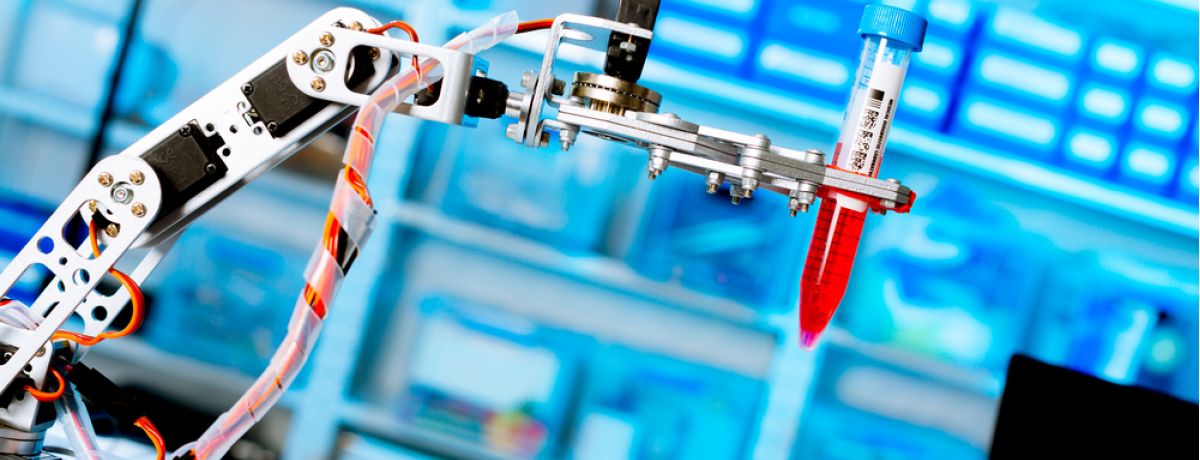
Math Modeling In the News
Math modeling shows up everywhere, if you’re looking for it. It can solve problems, help you explore options, answer questions, and assist with decision making. We recently posted about some of the many careers that use math modeling. Now, let’s explore some of the applications of math modeling in the real world.
Addressing World Health Problems
A dedicated team of Unity Health Toronto researchers is using math modeling to tackle some of the world’s most pressing health problems, including COVID-19, Ebola, HIV and human mpox (monkeypox).
Led by principal investigator Dr. Sharmistha Mishra, the lab includes data scientists, mathematical modelers, epidemiologists, biostatisticians, graduate students, and research associates. Together, they use math and data to understand the factors driving infectious disease transmission in the hopes of helping to craft more tailored, impactful solutions.
Explaining How Fireflies Flash in Sync
Stake out in Pennsylvania’s Cook State Forest at the right time of year and you can see one of nature’s great light shows: swarms of fireflies that synchronize their flashes like strings of Christmas lights in the dark.
A new study by Pitt mathematicians shows that math borrowed from neuroscience can describe how swarms of these unique insects coordinate their light show, capturing key details about how they behave in the wild. The team is the first to use a particular brain-cell framework to model fireflies..
Landing Humans on Mars
A mathematical model created by space medicine experts at The Australian National University (ANU) could be used to predict whether an astronaut would be able to safely voyage to Mars and carry out their mission responsibilities once there.
The model may be used to examine the effects of short and long-term space travel on the body, and it could be a key piece of the puzzle in helping people land on Mars.
Predicting Winning Sports Teams
For decades, football statisticians focused on goals scored and conceded, and to find a way to model them to make predictions.
Variants of this method are still used today to predict the outcomes of matches. A mathematical model that assumes goals scored and conceded are distributed around a mean value, developed by epidemiologists at the University of Oxford, UK, correctly predicted that Italy would beat England in the Euro 2020 international tournament. It also correctly called six of the eight quarter-finalists.
Such success is not unusual. Statistical match predictions are more accurate than many people realize.
Explaining a Peacock’s Tail
A recent study in BMC Biology could revise decades of entrenched evolutionary theory by offering a new mathematical model to explain the peacock’s tail and other animal signals. Defying conventional wisdom, the article finds that flashy ornaments don’t have to be costly to be honest signals of genetic desirability.
While the model is theoretical, there has been some empirical evidence that the peacock’s tail doesn’t encumber it from escaping predators in the wild or incur other costs.
Managing Financial Risk from Bank Bailouts
Bank bailouts are controversial governmental decisions, putting taxpayers’ money at risk to avoid a domino effect through the network of claims between financial institutions. Yet very few studies address quantitatively the convenience of government investments in failing banks from the taxpayers’ standpoint.
This article proposes a dynamic financial network framework incorporating bailout decisions as a Markov Decision Process and an artificial intelligence technique that learns the optimal bailout actions to minimize the expected taxpayers’ losses.
Written by
COMAP
The Consortium for Mathematics and Its Applications is an award-winning non-profit organization whose mission is to improve mathematics education for students of all ages. Since 1980, COMAP has worked with teachers, students, and business people to create learning environments where mathematics is used to investigate and model real issues in our world.
